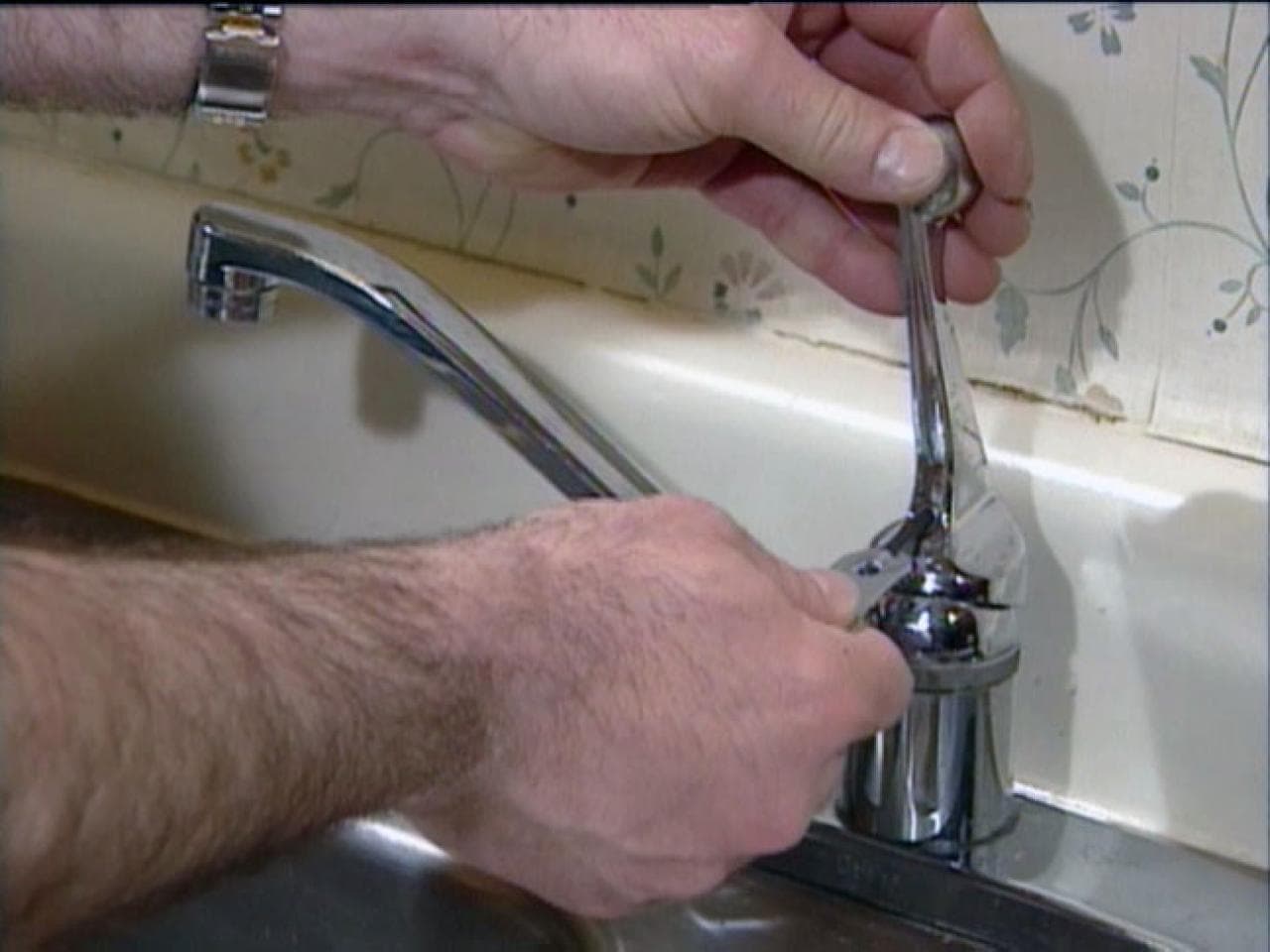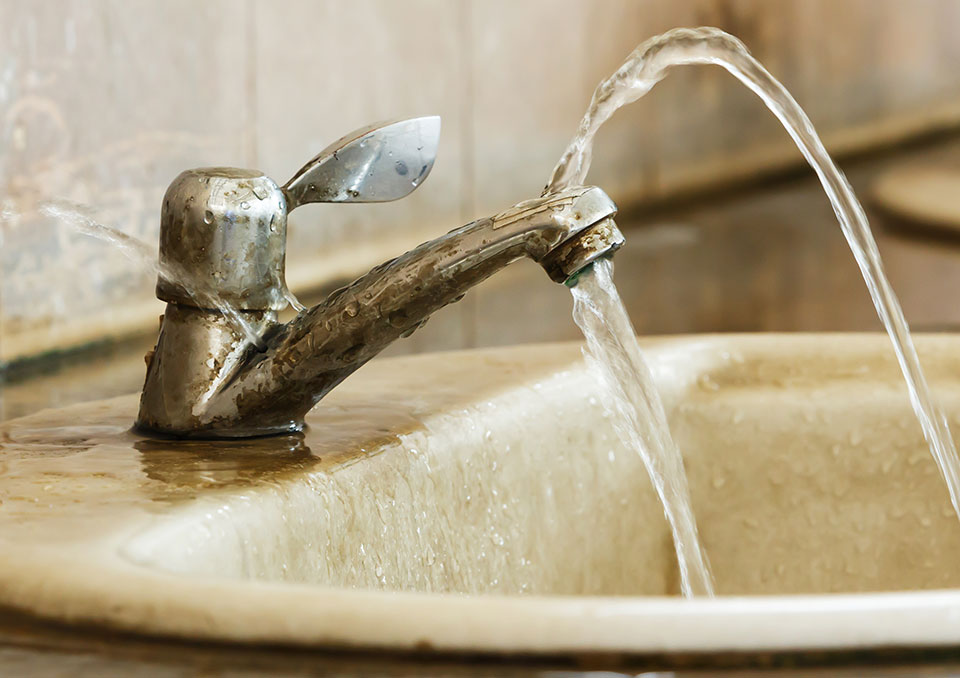The Explanations Behind Addressing a Faulty Faucet
The Explanations Behind Addressing a Faulty Faucet
Blog Article
On this page down the page you will discover a lot of professional news in relation to Why It's Important to Fix Leaky Faucets.

Trickling taps could look like a small aggravation, however their effect surpasses just the inconvenience of the audio. From wasting water to incurring unneeded monetary expenses and wellness threats, ignoring a dripping tap can cause different repercussions. In this write-up, we'll look into why it's vital to resolve this usual family problem without delay and successfully.
Wastage of Water
Ecological Influence
Trickling faucets contribute dramatically to water waste. According to the Epa (EPA), a solitary tap leaking at one drip per secondly can lose greater than 3,000 gallons of water annually. This not only pressures water resources yet also affects ecological communities and wildlife depending on them.
Financial Prices
Raised Water Expenses
Past the environmental influence, dripping taps can inflate water bills substantially. The accumulated wastefulness in time converts into higher energy expenses, which can have been stayed clear of with prompt repair services.
Prospective Home Damage
Moreover, extended dripping can bring about damage to fixtures and surfaces bordering the faucet. Water buildup can create discoloration, corrosion, and even structural issues if left unattended, resulting in added fixing expenses.
Health Concerns
Mold and Mildew Development
The consistent existence of dampness from a leaking tap produces a perfect setting for mold and mold development. These fungis not just jeopardize indoor air top quality but also present health and wellness threats, particularly for individuals with respiratory system conditions or allergic reactions.
Waterborne Conditions
Stagnant water in leaking taps can become a breeding place for microorganisms and other microorganisms, raising the risk of waterborne conditions. Impurities such as Legionella microorganisms grow in stationary water, possibly bring about severe ailments when consumed or breathed in.
DIY vs. Expert Repair service
Pros and Cons of Do It Yourself Repair Service
While some might try to fix a dripping tap themselves, do it yourself repair services come with their own collection of challenges. Without appropriate understanding and tools, DIY attempts can worsen the concern or bring about insufficient fixings, lengthening the trouble.
Benefits of Hiring an Expert Plumber
Working with an expert plumber ensures that the underlying root cause of the dripping tap is dealt with properly. Plumbing professionals possess the experience and equipment to detect and repair faucet problems effectively, conserving time and lessening the threat of further damage.
Step-by-Step Guide to Repairing a Dripping Tap
Devices Needed
Prior to trying to deal with a dripping tap, collect the needed devices, consisting of a flexible wrench, screwdrivers, replacement parts (such as washers or cartridges), and plumber's tape.
Common Tap Issues and Their Solutions
Recognize the kind of faucet and the particular issue creating the drip. Typical problems consist of damaged washers, rusty valve seats, or faulty O-rings. Describe producer guidelines or on the internet tutorials for step-by-step support on repair work.
Safety nets
Regular Upkeep Tips
To stop dripping faucets, do routine upkeep such as cleansing aerators, examining for leakages, and changing worn-out components immediately. In addition, think about installing water-saving tools or upgrading to extra effective components.
Importance of Prompt Services
Addressing dripping faucets as soon as they're discovered avoids further water wastage and potential damages, inevitably conserving both water and cash over time.
Impact on Residential Property Worth
Perception of Well-Maintained Property
Keeping a property in good condition, consisting of addressing upkeep concerns like leaking taps, improves its regarded value and worth among possible buyers or lessees.
Impact on Resale Value
Residences with well-maintained plumbing fixtures, consisting of taps, command higher resale values in the realty market. Resolving leaking taps can add to a favorable impact throughout residential or commercial property evaluations and settlements.
Environmental Obligation
Individual Contribution to Preservation
Taking duty for dealing with leaking faucets straightens with more comprehensive initiatives toward water conservation and ecological sustainability. Every individual's activities collectively make a significant influence on protecting precious resources.
Lasting Living Practices
By focusing on timely fixings and taking on water-saving routines, individuals add to lasting living methods that benefit both present and future generations.
Verdict
Dealing with a trickling faucet surpasses plain comfort; it's a necessary step toward saving water, lowering monetary expenses, and protecting wellness and residential or commercial property. Whether with do it yourself repair work or professional aid, taking action to fix trickling taps is a tiny yet impactful method to promote responsible stewardship of sources and add to a healthier, much more sustainable future.
How to Fix a Dripping or Leaky Faucet
A leaking faucet is one of the most common problems that homeowners encounter, but it being commonplace doesn’t make it any less annoying. The constant drip drip drip of a leaking bathtub faucet, showerhead, or sink tap can disturb your home’s serenity. Left neglected, a dripping faucet can also result in higher water bills and discoloration or mold growth in your sink or plumbing fixtures.
Fortunately, you don’t have to be a trained plumber to know how to stop a dripping faucet. With some basic tools, replacement parts, and a little patience, leaky faucet repair is a breeze. In this article, we’ll explain what causes dripping faucets and how you can fix them.
What Causes a Leaking Faucet?
Kitchen and bathroom faucets come in all manner of designs, but most involve some combination of valves, O-rings, seals, and washers. The O-ring is usually the weakest link, but any one of these pieces can wear down over time. Heat, moisture, temperature fluctuations, minerals, mold, and movement can contribute to warping and corrosion, breaking the watertight seal. This just comes with the territory of being a homeowner. Everything is always subject to wear and tear, and some component parts of your appliances and fixtures need to be replaced on occasion. At least replacement O-rings are cheap!
More rarely, dripping faucets can be a symptom of excessively high water pressure. Were this the case in your home, you would probably notice that the leak is not isolated to one faucet. Water pressure issues are harder to resolve on your own. We recommend contacting a professional plumber if you suspect your water pressure is too high.
How to Fix a Dripping Faucet
Pipe wrench or monkey wrench Allen wrench set Screwdrivers Old towel or rag Shut off the water.
Before you do anything, you need to turn off the water to keep from drenching your kitchen or bathroom. You should find a valve under the sink and against the wall. Once you’ve turned this valve, try turning the faucet on to confirm that the water source has been cut off.
If you can’t locate your local valve for the faucet you’re working on, you can always shut off the water to the house at the main valve. Of course, this will prohibit anyone from using the sinks, showers, or toilets while you’re working on the faucet that’s giving you trouble.
Plug or block the drain.
You’ll be disassembling the faucet and removing some small bits of hardware. Plug the drain with a stopper or rag to avoid the possibility of a small screw falling into your P-trap.
Take apart the faucet assembly.
There are several varieties of kitchen and bathroom faucets, each with its own manner of assembly. For detailed instructions on how to disassemble your faucet, you can refer to the fixture’s manual or contact the manufacturer. If you know whether you have a ball, disc, cartridge, or compression faucet, you can find detailed schematics online.
In general, you need to begin by removing the faucet handles. You might notice a small screw that you’ll need to remove with a screwdriver or Allen wrench. If you don’t see any visible securing hardware, it’s likely hidden under a decorative cap that can be unscrewed or popped off with flathead screwdriver.
Remove each piece methodically, consulting a schematic when necessary. Take notes or arrange the pieces in such a way to make it easier to correctly reassemble the faucet later.
Remove the cartridge.
Once you’ve removed the handles and securing hardware, you should be able to remove the valve cartridge or stem. Some cartridges will slide right out. Other faucet models will require you to loosen a nut with a pipe wrench before you can remove the valve stem.
Examine the exposed hardware.
With the cartridge or stem removed, inspect the component parts. Check the rubber O-rings for wear and tear. Also examine the seat washer for corrosion or other damage. These pieces are usually the responsible parties for a dripping faucet, but it’s worth inspecting the other component parts while you have the faucet disassembled.
Find replacement parts.
Once you’ve identified which faucet component has failed, find an identical replacement. Your local hardware store should have O-rings, seat washers, and other standard components in stock. If you have a luxury or uncommon faucet, you may have to contact the manufacturer for a replacement part.
It’s a good idea to take your old parts with you to the hardware store so you can compare them with the store’s inventory and be sure you’re purchasing the correct replacement.
Reassemble the faucet.
With your new parts in hand, reconstruct the faucet and handles. Don’t be tempted to overtighten screws or nuts. You might think this could create a better seal, but it can instead damage or bend a delicate part of the assembly and create a new problem for you.
Turn on the water and test the faucet.
The only thing left to do is test your work. Unplug the sink, turn the water back on, and try the faucet. Congratulate yourself on a job well done!
https://www.libertyhomeguard.com/how-to-fix-a-dripping-or-leaky-faucet/

Hopefully you enjoyed our excerpt on . Thanks for taking the time to read through our posting. Sharing is nice. Helping people is fun. We recognize the value of reading our article about Why It's Important to Fix Leaky Faucets.
Report this page